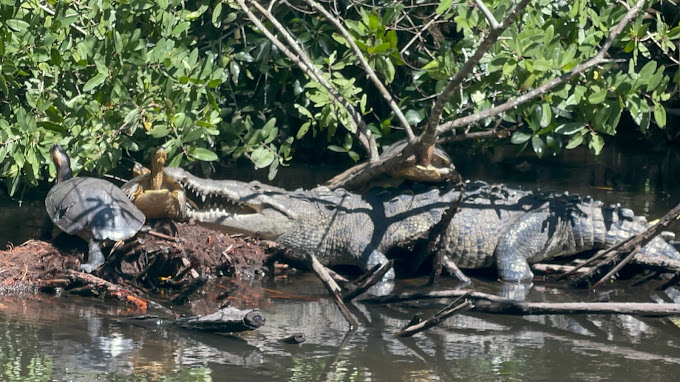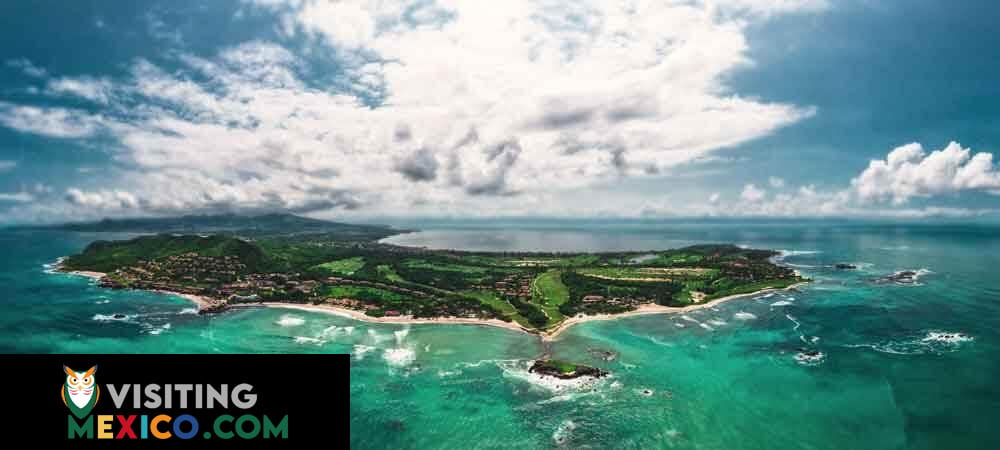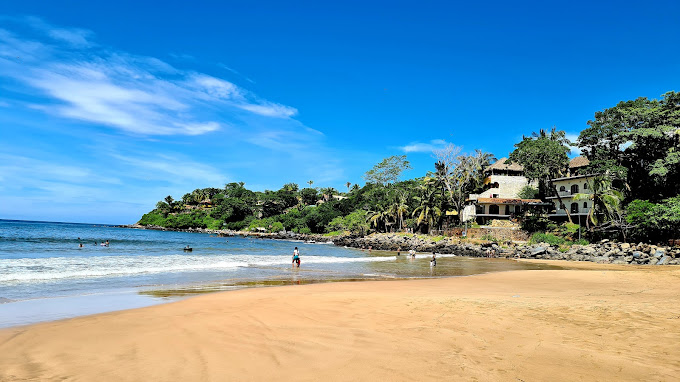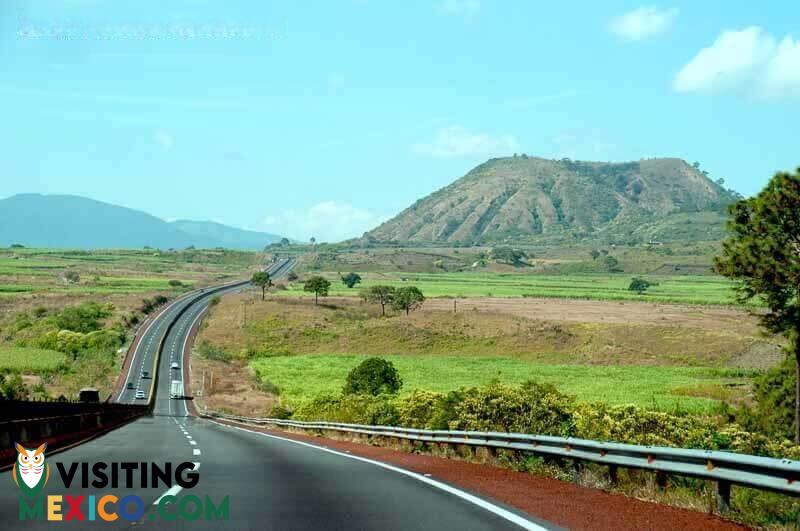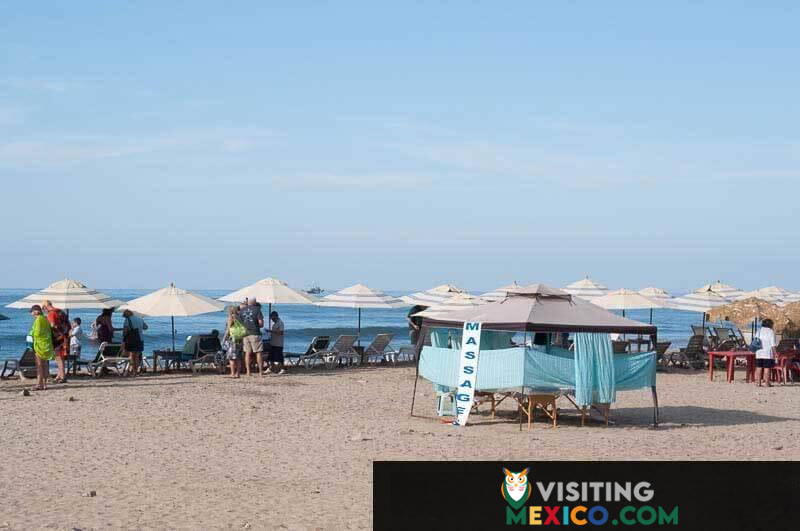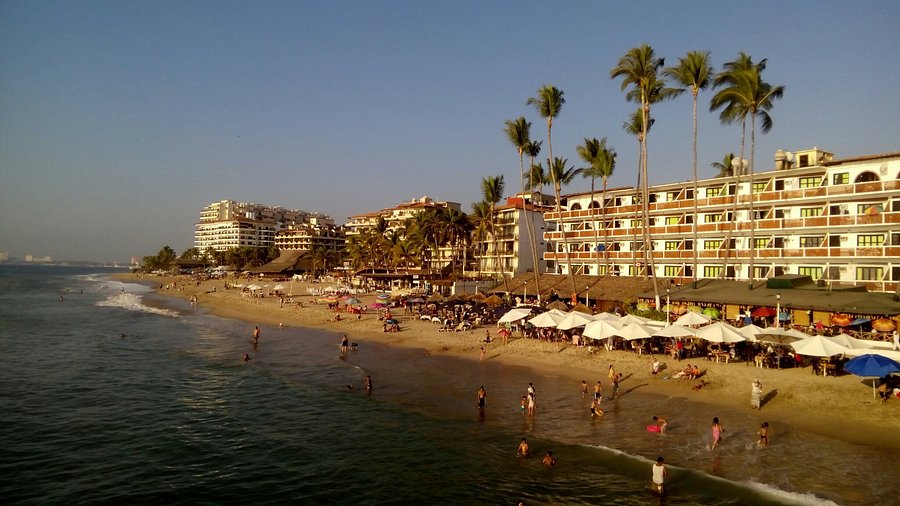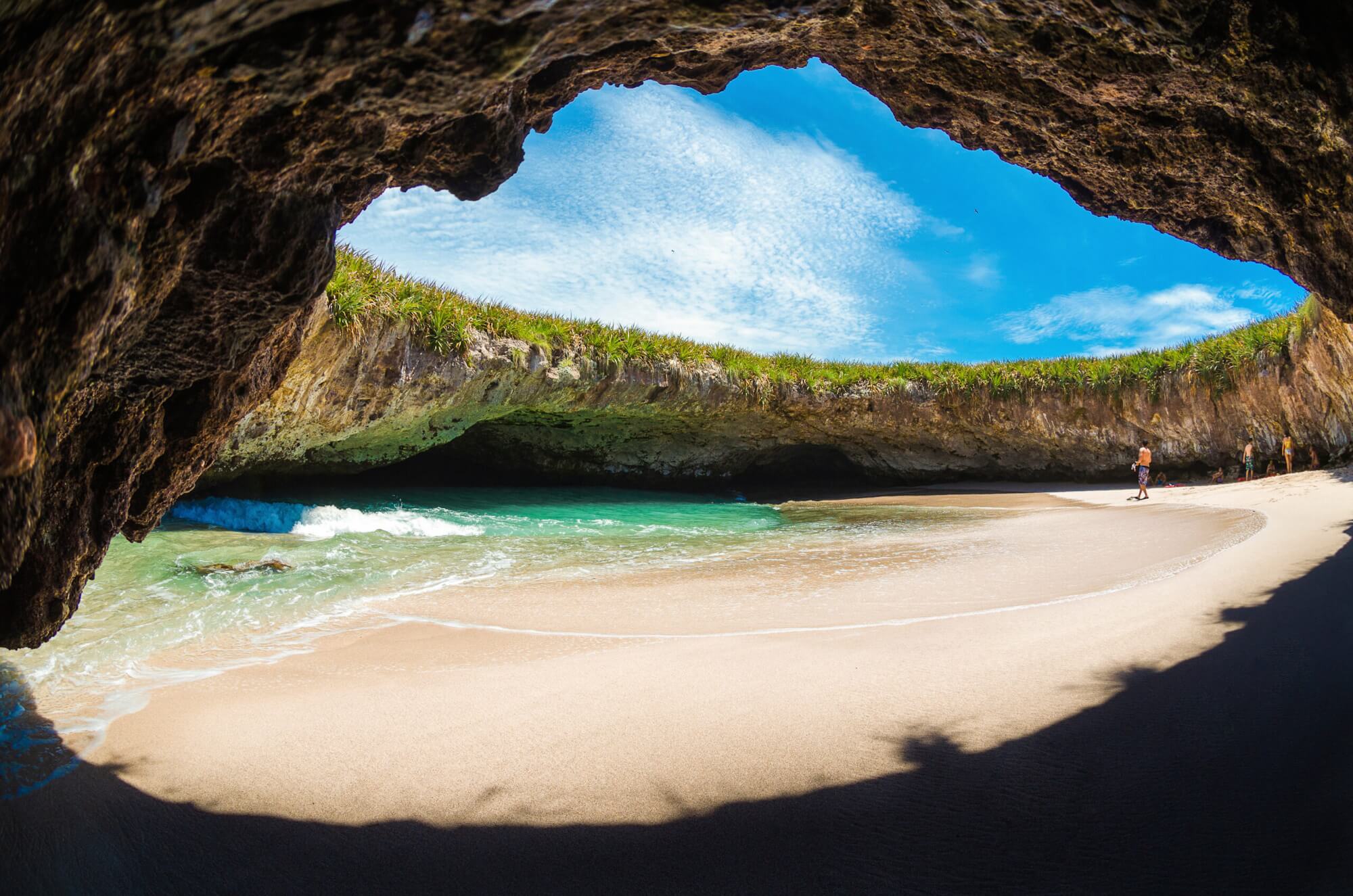IMPORTANT FACTS ABOUT NAYARIT
One of the nation’s least populous states, Nayarit is home to 1,102,756 people. It has a total area of 10,739 square miles. Tepic, the state capital, is also the state’s largest city. Various cash crops support the state’s economy; some of these include sugarcane, coffee, and tobacco. Along with agriculture, mining is one of the most important industries in the state; fishing, to a lesser extent, is also important to the state’s economy.
GEOGRAPHY OF NAYARIT
Not counting its islands, Nayarit boasts nearly two hundred miles of Pacific coastline. Lagoons of extraordinary beauty are everywhere in Nayarit as well as mountains and volcanoes. Its two volcanoes, Ceboruco and Sanganguey, add a dramatic shift to the landscape that is also full of rainforests and prairies. The western edge of the Sierra Madre Occidental ranges into the state. Although an essentially small state, this diverse topography has transformed Nayarit into an extraordinary locale. The state’s northeastern plains are home to the Rio Grande de Santiago, an important river of the state. Other rivers in Nayarit include the Acaponeta, Las Canas, San Pedro, and Ameca. The Pacific islands of Marias, Tres Marietas, Isabel, and Farallon Le Pena. Wildlife that makes their home in the state include the jaguar, wild boar, caiman, armadillo, and deer.
HISTORY OF NAYARIT
Archaeologists believe that humans may have settled in the area of Nayarit around 5000 B.C. The region’s earliest civilization, the Cora, appeared in 400 A.D. and was heavily concerned with agriculture until its decline around 1200 A.D. Through the subsequent centuries, other tribes like the Tepehuano, Totorano, and Huichole entered the region to settle. Often, conflict arose with the Chimalhuacan people that also grew powerful in the region. Although Cortes arrived in Nayarit in 1523, it was Nuno Beltran de Guzman who brutally conquered many of the villages of the region. He also founded the Espiritu Santa settlement and was granted the governorship over the province he subdued. The subsequent governor was killed during an indigenous uprising. Revolts led by the Cora people and other regional tribes plagued the Spanish over the next few centuries; while the Franciscans tried to achieve peace in the region, the tribes remained fiercely opposed to the Spanish.
After the Mexican War of Independence, Nayarit and Jalisco were combined into one region. During the mid-nineteenth century, however, the city of Tepic was released from the Jalisco territory and was named a military district of the newly created Federation of Mexico. Finally, after the Mexican Revolution, Nayarit was made a state in 1917. Today, the state is celebrated for its natural attractions which are popular with many tourists and vacationers.
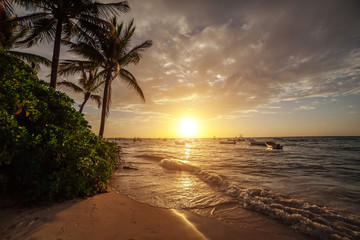
TOURISM IN NAYARIT
Tourism and its service-based industries make up roughly a quarter of the state’s economy. Like other coastal states, sport fishing is immensely popular among visitors. The coast and the state’s islands are also famous for their fine surfing and scuba. Tourists love Nayarit for its uncrowded beaches that are still largely undeveloped. This natural beauty attracts many visitors in search of an organic Mexican experience. The coastline, known as the Riviera Nayarit, lies just north of Puerto Vallarta in Jalisco. In fact, the international airport of Puerto Vallarta serves many vacationers heading northward into Nayarit. While the beaches beckon many travelers, the state’s lagoons, marine reserves, ancient ruins, and cultural events also contribute to Nayarit’s reputation as one of the nation’s most memorable places.
TEPIC
As the capital and most populous city in the state, Tepic is the urban heart of this largely agricultural state and its dreamy beaches. Founded in 1542, Tepic still retains an air of its colonial charm making it popular with many tourists. Originally a hub for the Cora people, Tepic is popular for its markets and shops filled with indigenous handiworks. The city’s Plaza Principal is regarded as one of the loveliest in all of Mexico. Travels to Tepic will certainly want to visit the cathedral as the city hall.
OTHER THINGS TO SEE AND DO IN NAYARIT
- Petroglyphs of Altavista: Situated near the beach town of Chacala, these ancient petroglyphs are said to date from 2000 B.C., although archaeologists cannot easily confirm. While the site continues to be important to the Huicholes, the petroglyphs date to a period when the Tecoxquin made their home in the area.
- Mexcaltitan Island: Touted as a “Pueblo Magico,” this man-made island is a hub for tourism; often called the Venice of Mexico, the island lies nearly twenty-five miles from Santiago Ixcuintla.
- Marieta Islands: Popular with tourists, these uninhabited islands are famous for their marine life which is protected by the government. Visitors come to whale watch, snorkel, or scuba dive among the tortoises, dolphins, and myriad of tropical fish that traverse the waters.
- Ixtlan del Rio: Situated in the mountainous eastern region of the state, this archaeological site is well-known for its Mesoamerican petroglyphs. The site also contains traditional shaft tombs and may have been occupied as early as 300 B.C.
- Amado Nervo Museum: Amado Nervo is regarded as one of the most important Mexican poets of the twentieth century. Located north of Tepic, the museum is situated in the house where the poet was born in the later nineteenth century. It is a popular destination for tourists in search of Mexico’s literary legends.
- Punta de Mita: Located ten miles north of Puerto Vallarta, this beach is revered as a whale watching destination. Sharing the same latitude as the Hawaiian Islands, it is also celebrated for its delightful climate.
- Museum of Anthropology and History: Located in the capital city, this museum has a renowned reputation for its collections of ancient and historic Nayarit. It is also a popular cultural venue that is prized for its events, recitals, and plays.
DRIVING TO NAYARIT FROM THE STATES?
If you’re crossing the Mexican border from the United States, make sure to check the following links before you head out.
- Depending on what you’re driving:
- MexInsurance® for Cars
- Motorcycle MexInsurance®
- MexInsurance® for RV
Plan a trip to Nayarit
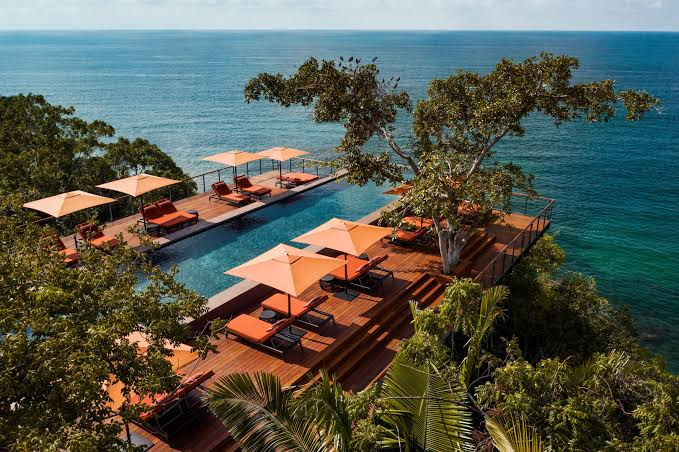

AVAILABLE NOW! DISPONIBLE AHORA


